By J.C. Patterson. Special to the Clarion-Ledger Sunday print edition (September 22)
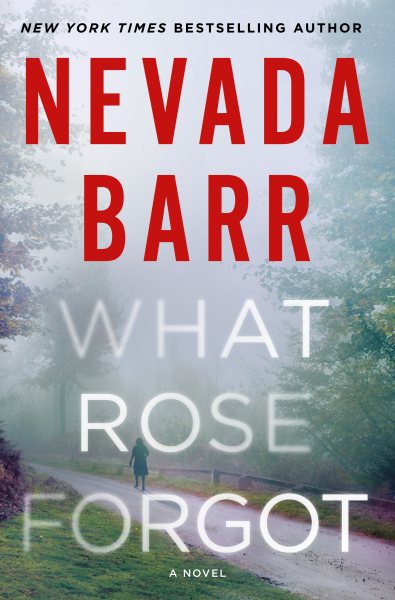 Over the years, Nevada Barr fans have grown to love the author’s sleuthing park ranger Anna Pigeon. However, in Barr’s new novel, What Rose Forgot, the protagonist is a sixty-eight year-old woman with memory loss who wakes up next to a tree in the middle of the night. Wearing only a hospital gown, cold, disoriented and very thirsty, Rose Dennis is not her usual self. But what was her usual self?
Over the years, Nevada Barr fans have grown to love the author’s sleuthing park ranger Anna Pigeon. However, in Barr’s new novel, What Rose Forgot, the protagonist is a sixty-eight year-old woman with memory loss who wakes up next to a tree in the middle of the night. Wearing only a hospital gown, cold, disoriented and very thirsty, Rose Dennis is not her usual self. But what was her usual self?
Rose is discovered by two teens who call Longwood Nursing Home’s Memory Care Unit. She’s greeted by very stern staff members, two big orderlies and her 13 year-old step-granddaughter Mel. Seems like Mel is the only one who really cares for her “Gigi.”
Back inside Longwood, before her medication is administered, Rose realizes one thing: she doesn’t belong here…and she must escape for good this time.
In a daring and slightly crazy plan, Rose breaks out of Longwood. But this time, she knows where to go. Her stepson Daniel lives nearby. Rose hides out in Mel’s old playhouse, only to be discovered by her very clever step-granddaughter. Let’s hide out from the adults, Rose begs. They may be part of the conspiracy.
With the aid of an Uber driver, Rose revisits and breaks into her home. Boxes from the move still lie about. Fragments of Rose’s memories start to resurface. She and husband Harley recently changed addresses from New Orleans to Charlotte, North Carolina to be near Harley’s granddaughter, Mel. Something bad happened to Harley, but Rose can’t quite remember what.
Mel Reminds “Gigi” that she was a lucrative painter and a published poet. Rose dressed in artsy, wild fashions, the kind that would seem normal in New Orleans. What contributed to the decline and fall of Rose Dennis’s sanity? Why was she in a memory care unit, her mind fogged with drugs?
More questions come grippingly fast as Rose battles for her life inside her home and on the rooftop. Someone wants Rose permanently erased from memory.
With the aid of Mel, Mel’s best friend Royal and Rose’s sister Marion, a reclusive computer hacker, Rose plots her revenge. Adding in questionable ex-con Eddie Martinez only makes matters weirder.
Is her family plotting against Rose? With two unscrupulous stepsons, a fiery ex-daughter-in-law and a sneaky ex-wife, the bets are wide open. And then there’s the staff at the memory care unit. Several seniors have died there after very short stays. Could Rose’s new friend Chuck be next on the hit list?
Get ready for a reading romp that only Nevada Barr could deliver. Told in her campy tone with wisecracks and barbs, What Rose Forgot reads like Nancy Drew meets The Keystone Cops with digital access. Barr shines a light on nursing home abuse, family greed and the bonds that bring young and old together.
The author, formerly a Clinton, Mississippi resident, divides her time between Oregon and New Orleans. Rose shares so many of Nevada Barr’s traits, it’s easy to channel character and creator. I missed a National Park visit with Anna Pigeon, but a romp with Rose Dennis is fresh and exciting, even for an old lady with memory loss.
J.C. Patterson is recently retired from WLBT and the author of the Big Easy Dreamin’ series.


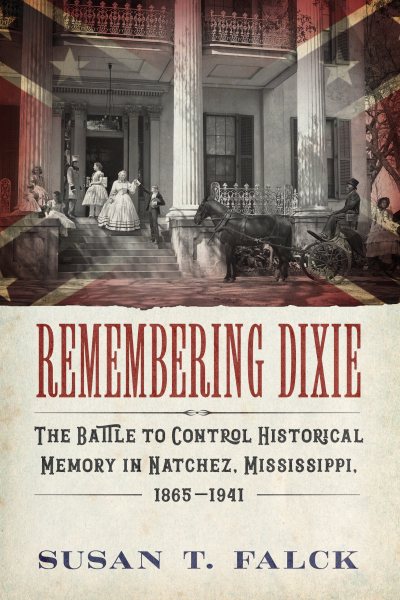 Reverberations remain from decades during which Southerners acted as if the Civil War was not concluded with the Confederacy losing. The narrative evolved through variations on a theme, but constant was diversion from discussion of a multiracial society.
Reverberations remain from decades during which Southerners acted as if the Civil War was not concluded with the Confederacy losing. The narrative evolved through variations on a theme, but constant was diversion from discussion of a multiracial society.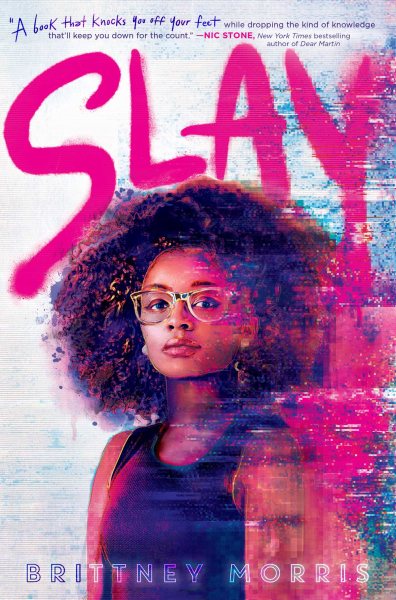 Brittney Morris’s hot debut novel presents a relevant and hard-hitting YA tale of a black teen game developer–17-year-old Kiera Johnson–who created the secret multiplayer role-playing game called Slay.
Brittney Morris’s hot debut novel presents a relevant and hard-hitting YA tale of a black teen game developer–17-year-old Kiera Johnson–who created the secret multiplayer role-playing game called Slay.
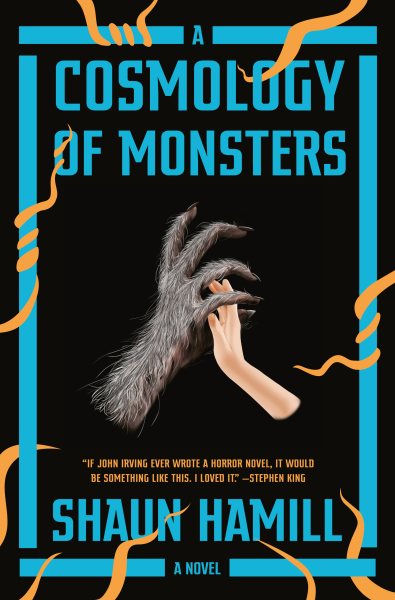 A self-acknowledged “steady diet of horror fiction and monster movies” as he was growing up has, for Arlinton, Texas, native Shaun Hamill, resulted in a debut novel that makes Halloween look like a day in the park.
A self-acknowledged “steady diet of horror fiction and monster movies” as he was growing up has, for Arlinton, Texas, native Shaun Hamill, resulted in a debut novel that makes Halloween look like a day in the park.
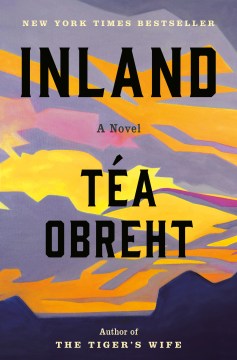 Téa Obreht’s sophomore novel
Téa Obreht’s sophomore novel 
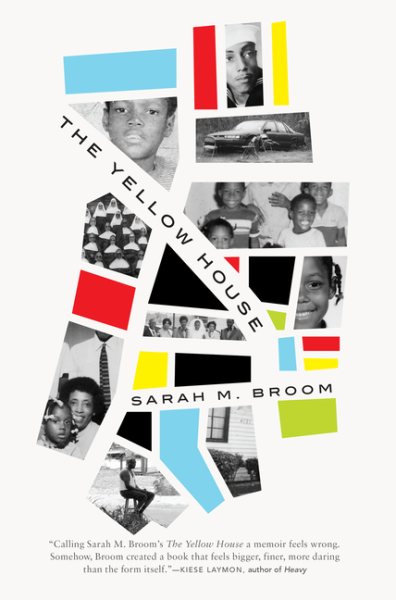 In her debut book
In her debut book 
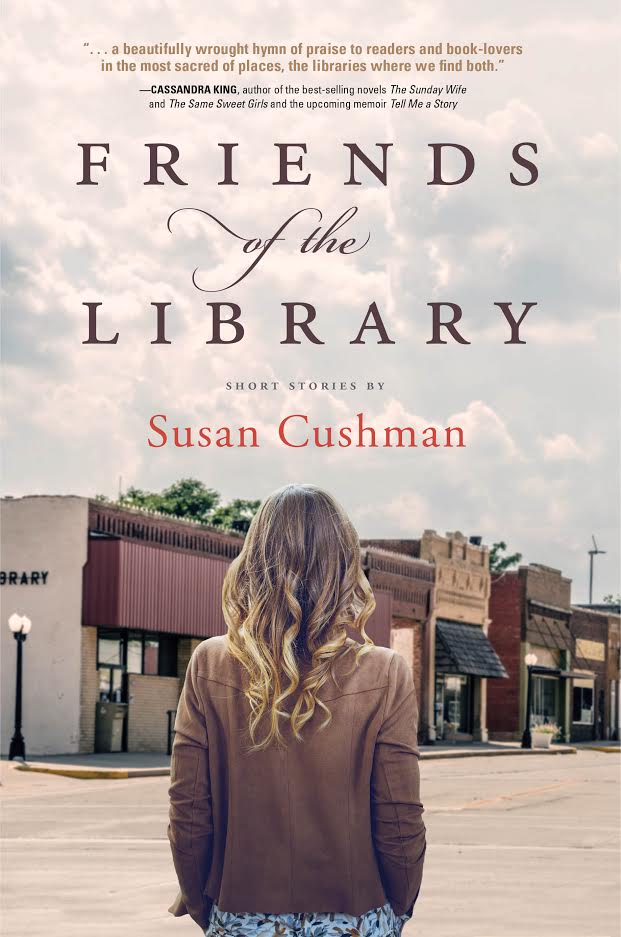 Hosted by each site’s Friends of the Library, a non-profit advocacy group aimed at supporting public libraries through fundraising and promotion, Adele adapts her program to the group and, depending on their interests, discusses either her novel, which deals with a sexually abused graffiti artist, or her memoir, which details her experiences with her mother’s struggle with Alzheimer’s.
Hosted by each site’s Friends of the Library, a non-profit advocacy group aimed at supporting public libraries through fundraising and promotion, Adele adapts her program to the group and, depending on their interests, discusses either her novel, which deals with a sexually abused graffiti artist, or her memoir, which details her experiences with her mother’s struggle with Alzheimer’s.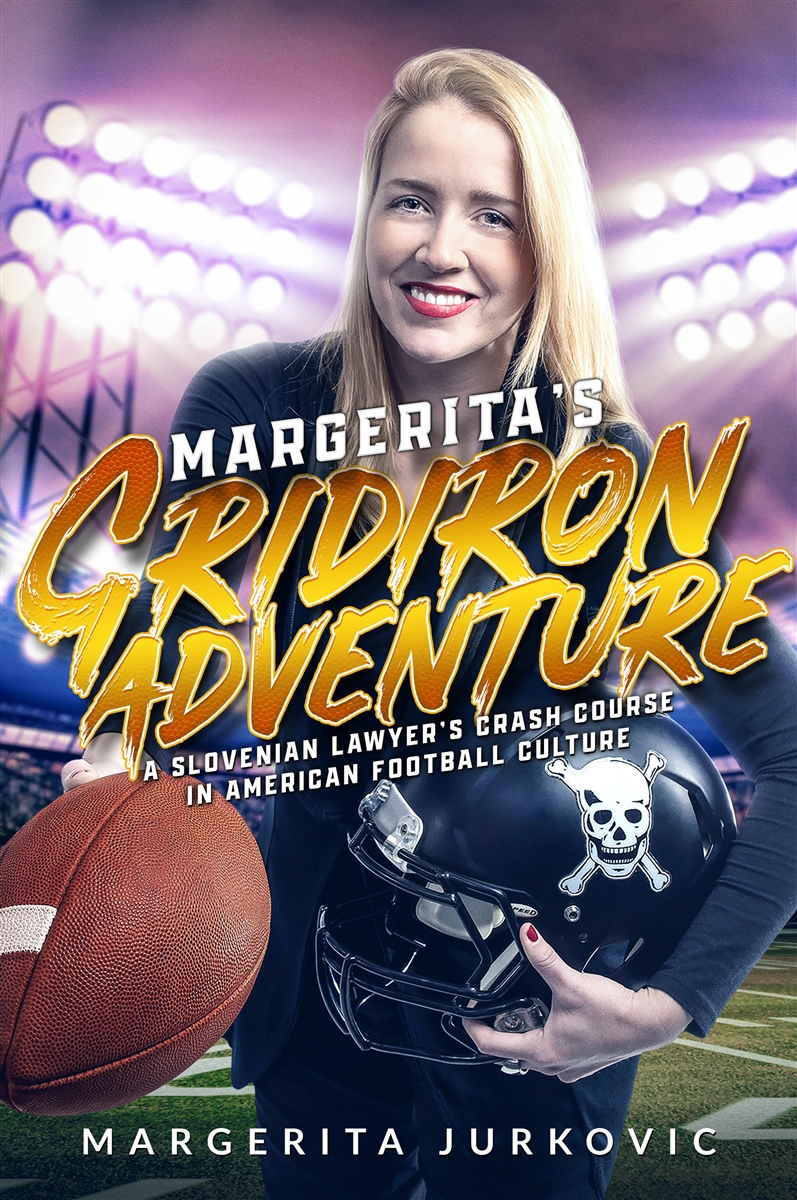 She soon realized that the stories she lived out as she discovered the thrill of the game, literally on the sidelines, were the stuff that would make a good read, and
She soon realized that the stories she lived out as she discovered the thrill of the game, literally on the sidelines, were the stuff that would make a good read, and 
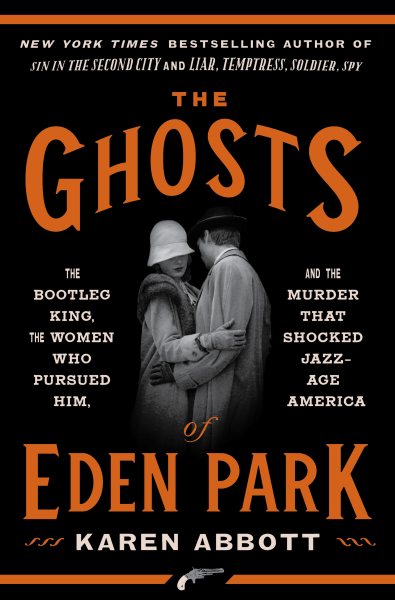 Karen Abbott expertly weaves a story of ambition, treachery, and revenge in her new book
Karen Abbott expertly weaves a story of ambition, treachery, and revenge in her new book